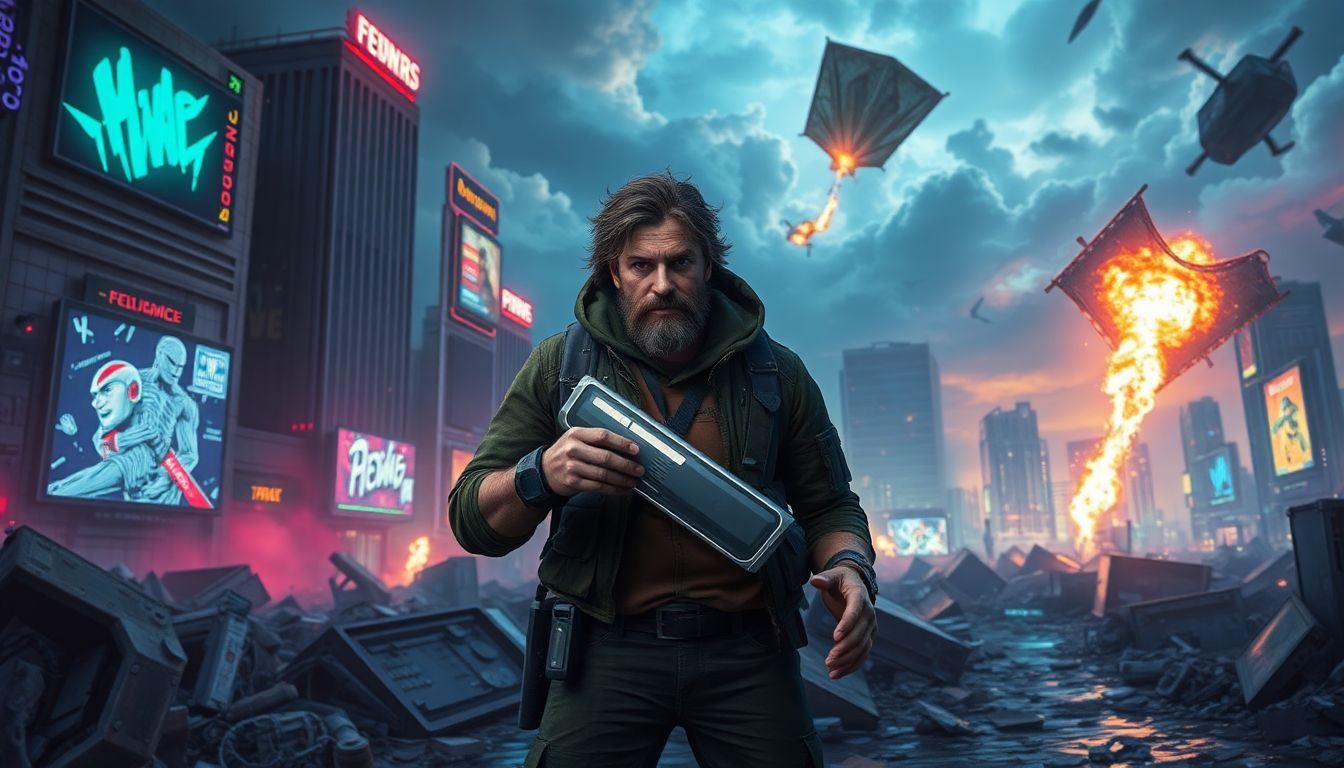The video game industry has been shrinking for the last three years, and large and small studios are feeling the pinch. Declines in player spending, along with investor anticipation of fickle growth, have meant layoffs and canceled projects across the industry—from triple-A giants to mid-size veteran-staffed studios and fledgling indie developers.
A Seven-Year Journey in the Making
Veteran-led studios—often founded by former staff at Blizzard, Rockstar, or Ubisoft—have been especially targeted for criticism. While experience at a large studio does not always equal success at running a company, criticism on platforms like LinkedIn has bordered on ridicule, with some investors seeming to vent their frustrations at the same developers they once invested in.
Actually, between 2020 and 2021, there was a rush of venture capital flowing into these new studios, most of which have since struggled. So, what is an ex-triple-A dev to do when trying to build something new in today’s landscape?
Enter Stray Kite Studios, a small, scrappy developer poised to release its debut original game, Wartorn, into Early Access. Co-founded by Paul Hellquist (former lead designer on BioShock and former creative director on Borderlands 2) and Shovaen Patel (formerly of Robot Entertainment), Stray Kite’s is a tale of perseverance, adaptability, and an unyielding commitment to creativity.
Stray Kite’s Co-Development Roots
Stray Kite came into the world in 2018, not long after Robot Entertainment had to lay off a few people. That makes the studio’s ongoing survival—seven years and counting—a success worth mentioning in the industry today. Along the way, the crew has kept themselves busy with co-development work, including games like Tiny Tina’s Wonderlands and creating the popular Prop Hunt mode for Fortnite Creative.
“We attempted to create games in Fortnite that could not typically be created in Fortnite,” said Patel, looking back at their time at Epic Games. That challenge compelled Stray Kite not just to craft new experiences, but to build tools and workflows that other creators could utilize—initial steps in the process of constructing systems that facilitate player creativity.
This co-development process wasn’t simply a way of keeping their heads above water—it also permitted Patel and Hellquist to look behind the curtain at multiple studios, cherry-picking the procedures that worked best. “We’ve adopted certain practices that resonated with us,” Hellquist said, “and deliberately left behind the ones we knew didn’t align with how we want to build games.”
Remarkably, even as the venture capital wave swept the sector through the pandemic, Stray Kite bootstrapped its creation. “It would have been easy to go there,” Patel admitted. But the team wanted control—and perhaps, existence on its own terms.
Wartorn: A Genre-Defying Strategy Roguelike
After years of contract work, Stray Kite is stepping into the spotlight with Wartorn, a single-player real-time tactics game inspired by classics in the genre like Myth: The Fallen Lords and newer roguelikes like Slay the Spire.
In Wartorn, players lead two siblings and their caravan through a world at war, gathering an army of fantasy units along the way. The game emphasizes systems-driven gameplay and player choice, melding elemental interactions, moral choice, and strategic decision-making. Think This War of Mine meets The Banner Saga, but with a roguelike loop and a real-time twist.
Importantly, the game’s war-torn setting isn’t just fantasy. For Patel, the story draws from personal history—his parents fled violence in Tanzania, leaving behind their home, possessions, and even the family dog. “We’ve got this extremism that happened here, and it’s personal to me,” he said. “It’s personal for so many people in the world and throughout all of human history.”
Taking Creative Risks Without Losing Focus
While the game touches on difficult topics and complex mechanics, Hellquist and Patel have been clever about introducing players to it. Familiar fantasy tropes and established roguelike mechanics serve as an easy point of entry to a deeper, more trial-and-error experience. “We know that we don’t know everything we need to know,” Hellquist said, expressing the usefulness of Early Access feedback in order to refine the genre mashup.
Instead of classical base-building RTS gameplay, Wartorn is focused on small-scale, tactical decision-making in real time—a distinction the team is eager to make. “We’re calling it a real-time tactics game,” said Patel. “We’re trying to get away from the expectation of berry-picking and town-building.”
A Blueprint for Surviving—and Innovating—in 2025
Hellquist fears the industry is losing its creative edge, especially within the triple-A development space. “I don’t think a game like BioShock could be made any longer,” he said. And it’s hard to disagree—large studios are coming under increasingly greater pressure to stick to tried and tested formulas and minimize risk.
But Stray Kite is banking on that creative risk, coupled with good fundamentals, can be a survival strategy in and of itself. They’re not just building a game—they’re building a case for a different future, one where small teams can take big gambles without falling over.
In a year when many studios have shut down or scaled back, Wartorn is more than just a new game. It’s proof that the right combination of experience, restraint, and experimentation can still get through—no matter how tumultuous the terrain.
